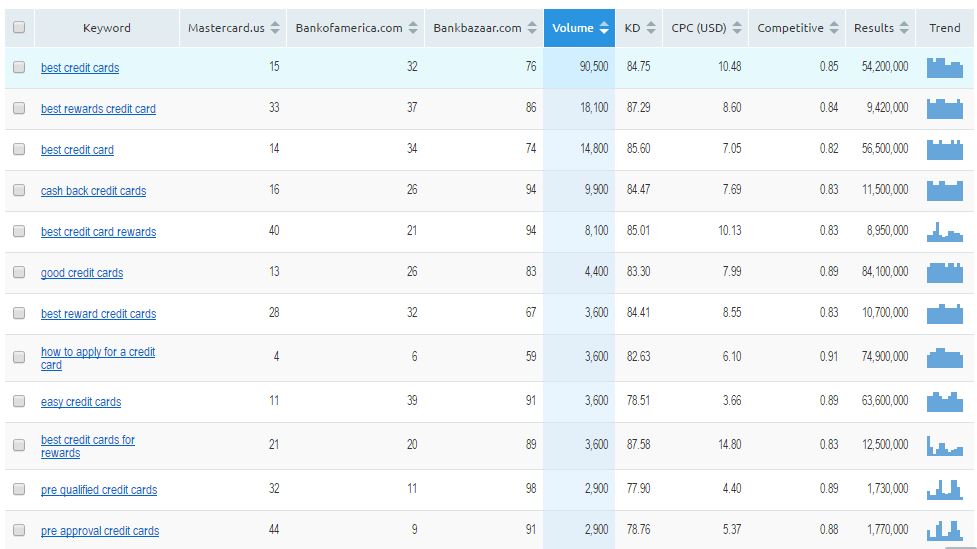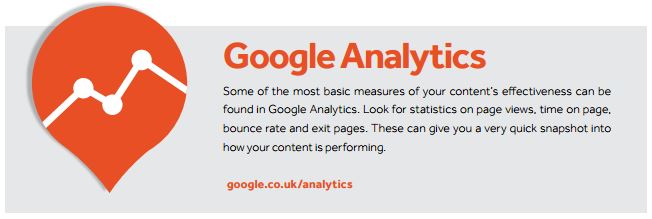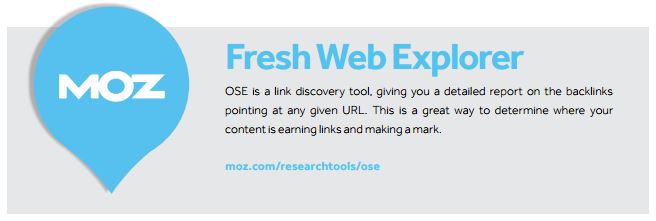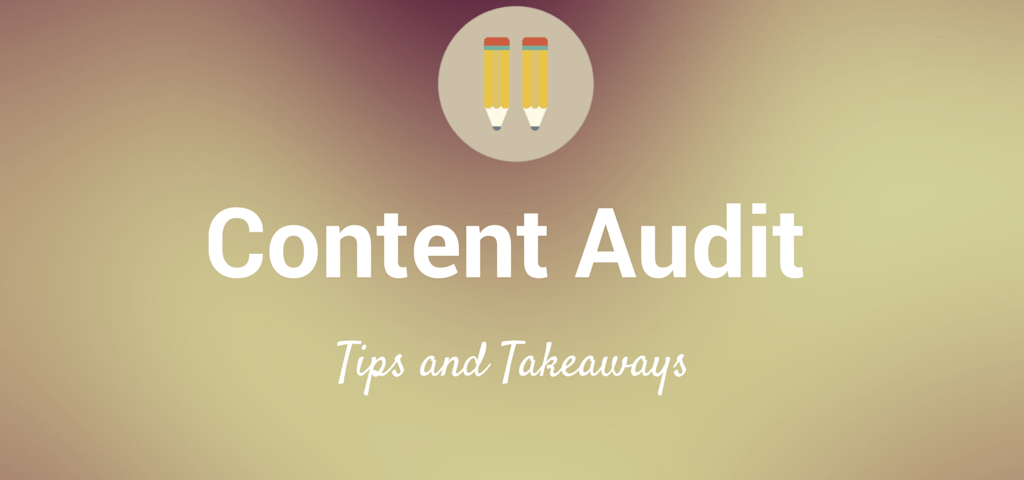- Have any questions?
- [email protected]
Understanding the role of content and the importance of content audits

Chapter 2: Step-by-step instructions to build an online brand
November 22, 2023
Building Trust and Credibility: The Importance of Online Reputation Management in Today’s Digital Landscape
November 23, 2023Different types of content fulfil different roles. Many brands are guilty of focusing too heavily on one type of content and neglecting the others, even if those types play a much bigger role in the overall customer engagement mix.
Functional Content
Functional content is the foundation of your content strategy. Without it, your digital channel, or even your business entirely, would be unable to function. Functional content fulfils a basic need and conveys critical information, such as product information, technical specifications, sizing guides, features and benefits, meta data and user generated content. Without this information, it becomes incredibly difficult to appeal to consumers and audiences. Ensuring that this foundation of content is fully optimised is an essential and often overlooked aspect of content marketing. This content is, in essence, your sales person for the brand and it needs to be tailored to capture the attention and the imagination of the audiences that you’re trying to attract.
Engaging Content
Engaging content takes your content beyond functionality and instead, sets you apart from the competition. This is content that is designed to excite, entertain and engage your audiences and communicate with them in a way that is completely different to the other brands operating in the same marketplace.
Engaging content can take many forms. It could be a product video, it could be a PR campaign or a piece of real-time marketing, designed to grab the attention.
Above all, engaging content has to be remarkable. It has to stand out, be valuable and be shareable.
Where do you currently stand?
The starting point for any content marketing approach is to take stock of your existing assets. Some brands will be starting with very little, whilst others will have established content marketing plans that they wish to develop and take to the next level. This is where a content audit plays a vital role in the content marketing process.
Whatever your starting point and whatever your brand goals, content marketing is a long-term process and your emphasis should be on developing a long-term content marketing strategy. However, when faced with demands for quick results, identifying ‘quick wins’ can be extremely important.
Step 1: Appraise your keywords
Your keyword set is extremely useful in identifying the strengths and gaps in your marketing strategy. You probably have a tightly defined keyword set, particularly if you are already engaged in SEO or paid search, but how closely is your content aligned to these keywords?
There are many manual ways to do this but, Stickyeyes uses an in-house content auditing tool called SCOT (Stickyeyes Content Optimisation Tool) to quickly assess where a brand stands against its competitors for its core keywords. This tool provide a score (out of 80) for how well a brands content is optimised for a given keyword and compares this with competitor brands.

SCOT looks at a number of factors that judge the relevancy and context of a particular piece of content. On a very simple level, it looks at factors such as keyword density and context in a pages title, URL, body copy, meta description, header tags and other prominent factors, and then relates this to the overall ranking of a URL for that relevant keyword(s). It may be that, in some cases, content is highly optimised but is failing to rank, suggesting that the content isn’t of sufficient quality to attract authoritative and natural backlinks. SCOT reflects this in the scores that it returns.
This provides brands with a quantitative snapshot of how their content is focused on particular keywords, identifying both short and long-term opportunities. In the above example, we can see that none of the four brands assessed is particularly dominant for terms such as “credit cards for bad credit” or “0% credit cards”. This presents a very real ‘quick win’ opportunity to dominate two terms that have a combined monthly search volume in excess of 47,600.
Step 2: Identify how your content is being received
Despite huge algorithm changes in recent years, links still play a significant role in determining whether a site deserves to rank. Of course, the nature of those links is very different, with a greater emphasis on quality, relevancy and context than before.
Content is incredibly effective at securing links that meet the widely accepted criteria of quality. Links that point to your content in a natural and contextual way are seen as a true endorsement of what your brand has to say.
Understanding who is talking about you and why (as well as identifying who is talking about your competitors and why) can provide a huge insight into how effective your content is at engaging the audiences that you want to appeal to.
There are a number of tools that will help provide this data, giving you a clearer picture of how your content is being received.







